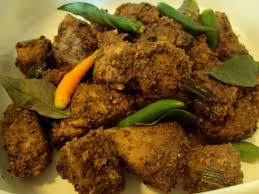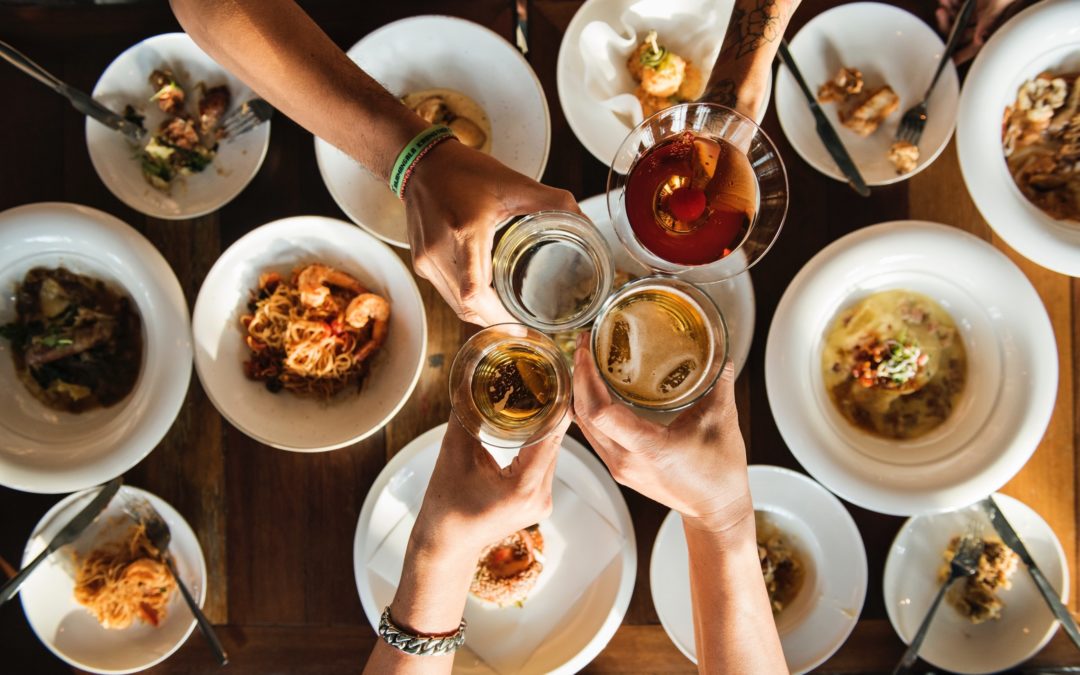A Foodies Guide to Authentic Sri Lanka Cuisine
You would be forgiven for expecting Sri Lanka to be a close relative of India. Positioned so close to one another the proximity gives the illusion that the two countries might present similarities in culture, customs, landscape and even cuisine. But the truth is that Sri Lanka’s heritage is aligned with Malaysia and when it comes to cuisine the relationship certainly shines through.
There is certainly no shortage of high end restaurants in Sri Lanka, where multi course meals are available at the hands of well trained chefs. In Colombo, Ministry of Crab supplies diners with the famous mud crab found in the region, exquisitely cooked and served in what used to be a Dutch Hospital. Theva Cuisine in Kandy is known for authentic dishes with a slightly western twist, delivered in one of the most serene hotels in Kandy. Sri Lanka flavour is best tasted from the kitchen of the lesser known, more discreet family run eatery’s; it is here where a travellers palette will truly explore authentic Sri Lankan dishes.
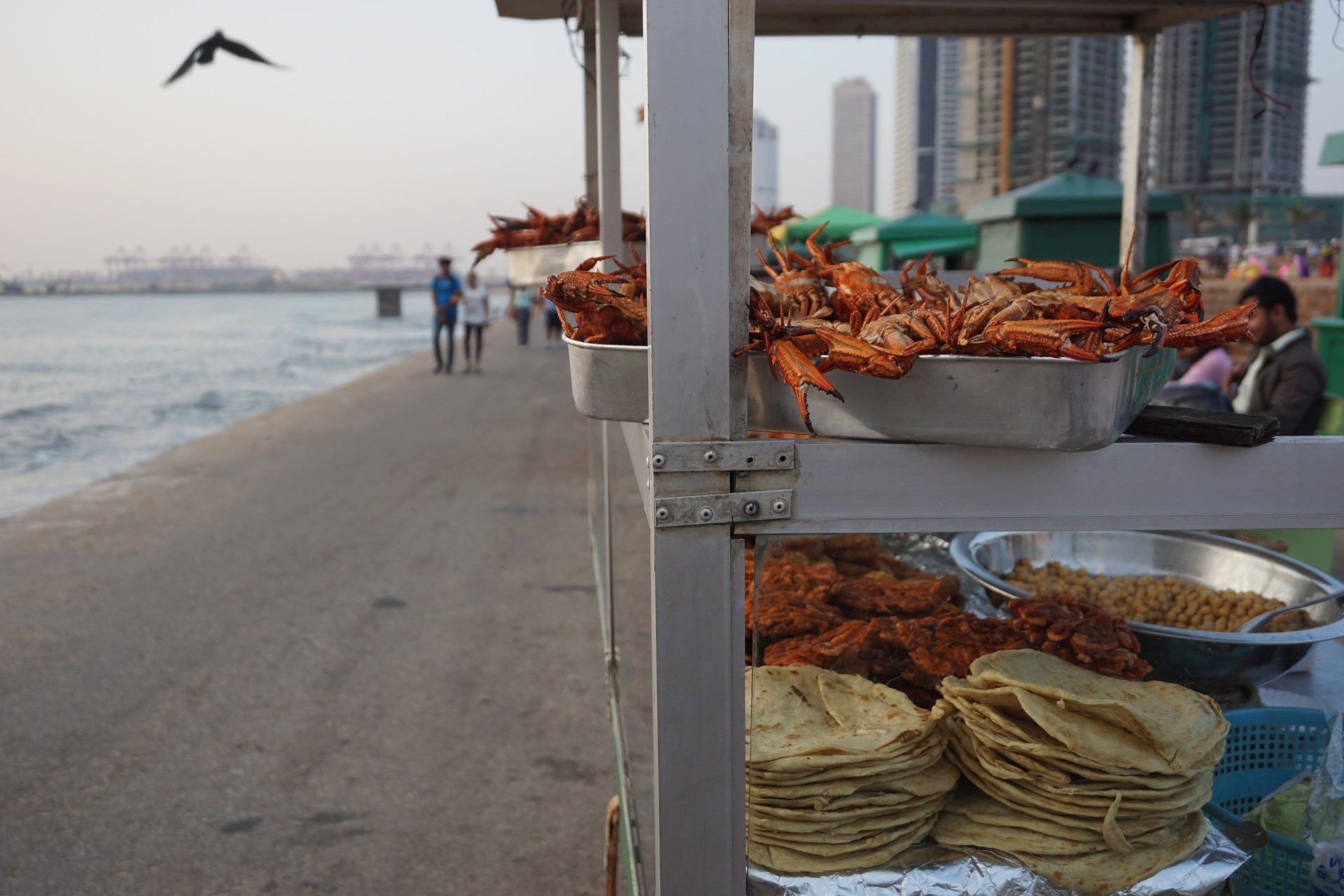
Kottu roti
The most popular dish in Sri Lanka, kottu roti can be found anywhere and everywhere. Eaten for breakfast, lunch or dinner by locals from North to South, and everywhere in between. When you think of Sri Lankan cuisine it should be images of kottu roti that come to the minds eye.
Kottu (also sometimes spelt koththu) is the word to describe chopped bread. Quite literally this dish is chopped roti bread mixed with vegetables in most cases, although variations can easily be found. Don’t let the literal name fool you though, the combination of ingredients, cooking method, and recipes perfected having been passed down from generation to generation make kottu roti delicious.
Travellers will notice kottu roti on the menu at curry houses, restaurants and street food stores all around the country but it is the small glass walled kitchenettes where this creation truly comes to life.
The cooking technique begins with traditional roti bread. Unlike bread you might find in a bag at the local Coles or New World, roti bread is made from a flatbread called Godamba; A sweet, floury dough bread which is soft centered. Cooks take the roti bread and combine with a selection of meat, vegetables and spices on a hot plate. But it is the next step that makes this a signature Sri Lankan dish.
Taking a pair of razor sharp, handless knife blades a pattern of alternating slicing methodically carves the roti and other ingredients, dividing and mixing at the same time. The process is fast, noisy and skilled to say the least.
Eaten with a fork the result is the Sri Lankan equivalent of the Thai’s fried rice. Hot in temperature, sweet from the rotti and nutritious through the piping hot plate sizzling through hand grown vegetables; the result is a more some and filling meal.
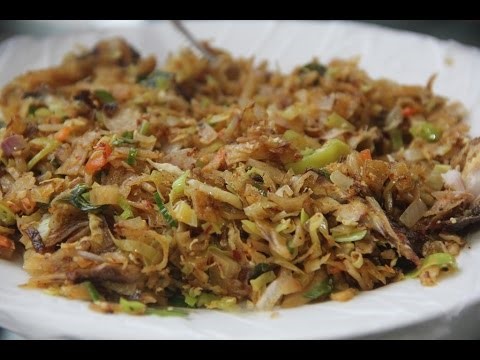
Sri Lankan Egg Hoppers and Sambal
Surprisingly difficult to find in a place of touristy destinations assuming travellers prefer breakfast of cereal or pancakes, the Sri Lankan egg hoppers is an ideal breakfast meal.
Mimicing the texture of crepes, a thin mixture of flour, yeast, coconut water, baking powder and sugar is spread over a hot pan. Cooked until slightly crisp and shaped into a shallow dish, a fried egg is then placed in the centre.
The best way and to enjoy egg hoppers is combined with another of Sri Lanka’s best kept secrets; Sambal.
In an epic example of where Malaysian influences come into Sri Lankan cuisine, sabal is of Indo Malay origin. A hot paste like substance made from chilli peppers, garlic and lemongrass, sambal is a marriage of exquisite flavours working in perfect harmony.
Accompanying the simple egg hopper dish is precisely where such a sauce excels.
For the true Sri Lankan experience a spoon sized serving joins the egg inside the hopper to create a spicy element to an otherwise egg batter flavour.
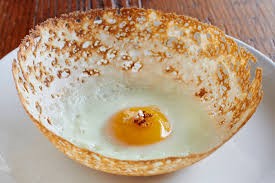
Fish Ambul Thiyal
Although originally a signature Sri Lanka cuisine option for local families due to convenience (Fish ambul thiyal is said to last for a week at room temperature), variations of the dish have made it a flavoursome and nutritious dinner option for locals and travellers.
Typically served atop a large banana leave with a side of rice, fish ambul thiyal is a sour flavoured curry dish. The trademark sour flavour comes from dried goraka which is a small locally grown fruit whose flavour is diluted through the cooking process to give a more subtle flavour. The dried goraka is mixed with lime leaves, chilli and an assortment of flavours to suit the cooks preference, so that the end result is a sweet vs sour blend alongside the soft texture of white fish.
More popular in the Southern areas of Sri Lanka, fish ambul thiyal is to the Sri Lankans what sweet and sour pork is to Chinese.
Words by: alexchasingdreams.com
@alexchasingdreams
